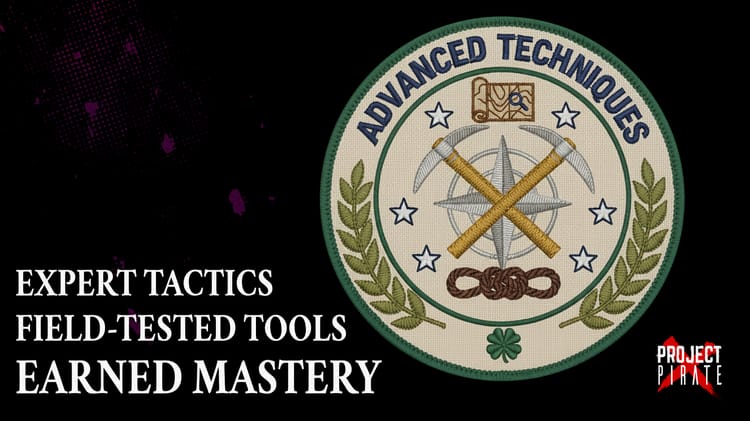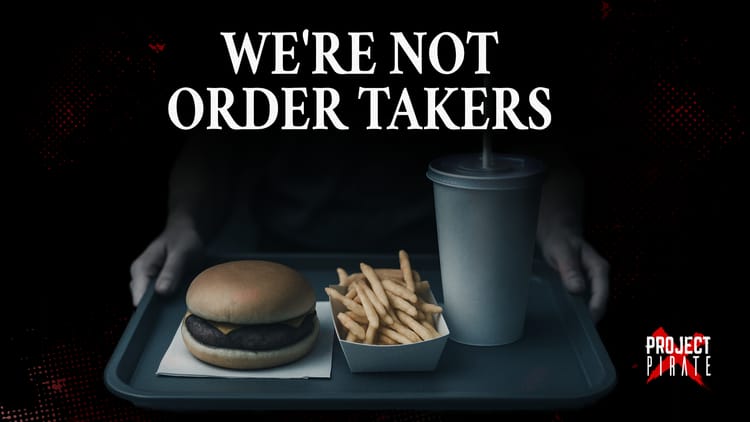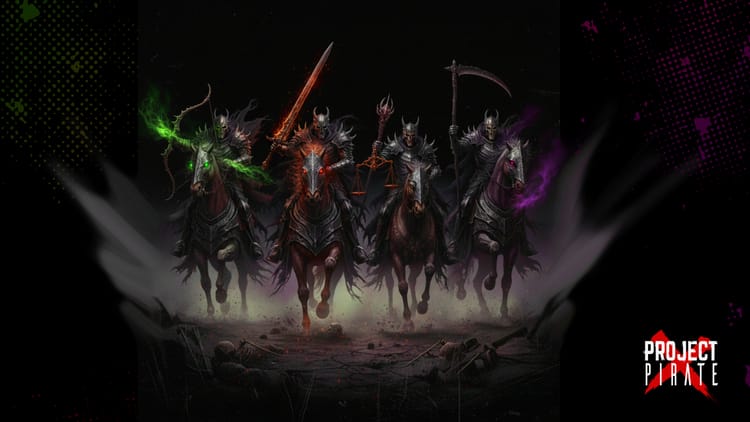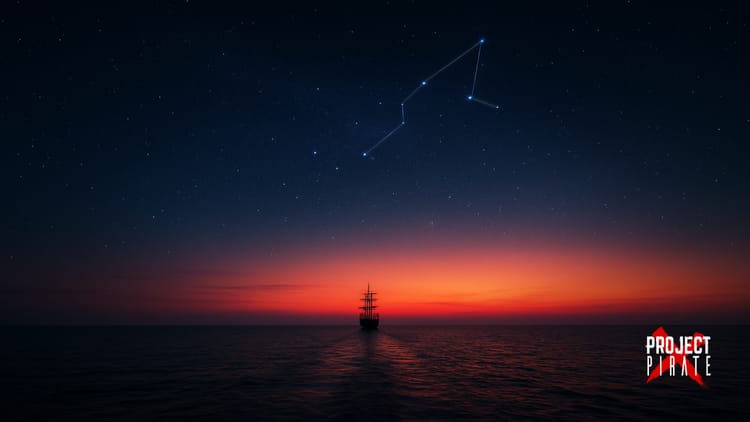The Pirate's Compass: Navigating Gantt Dependencies Like a Seasoned Captain
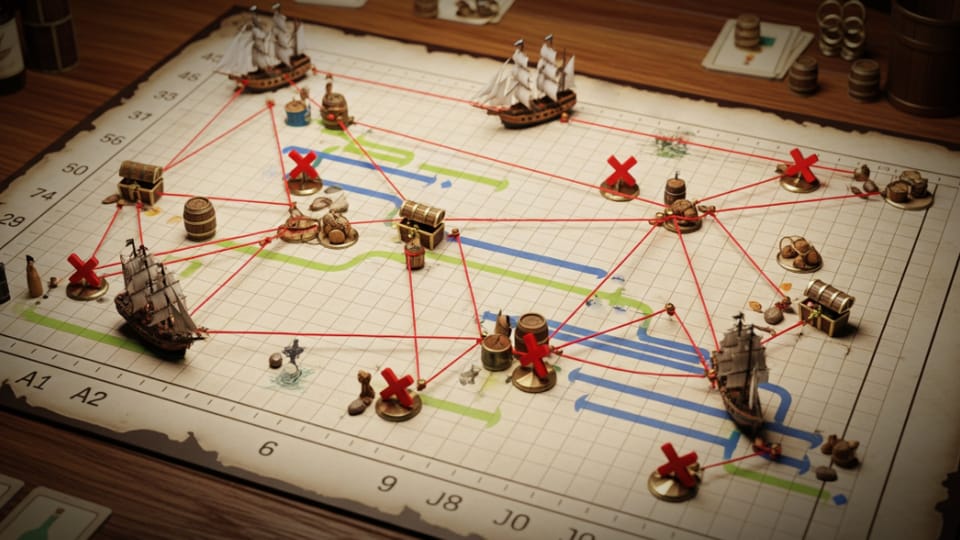
Ahoy there! Ready to ditch those sleep-inducing project management manuals? Let's chart a course through Gantt chart dependencies using real adventure and practical wisdom to keep things interesting.
What Are Dependencies, Really?
Dependencies are the unbreakable laws of project navigation - they determine when one task can start or finish based on what another task is doing. Just like how you can't bury treasure before you've plundered it, some project tasks must wait for others to complete (or begin) before they can start their own adventure.
Think of it this way: your Crew can't celebrate with rum until they've successfully raided the merchant vessel. One task depends on the other - it's that simple.
The Four Winds of Dependency Types
⚓ Finish-to-Start (FS) - "The Classic Sequence"
The Rule: The second task cannot start until the first one is completely finished - no exceptions, no shortcuts, no "almost done" excuses.
Pirate Example: You cannot start dividing the treasure (Task B) until you've finished counting all the doubloons (Task A). Try to skip ahead, and you'll have chaos faster than you can say "pieces of eight."
Why Captains Love It: It's straightforward, reliable and prevents chaos. Even the most rebellious Crew members understand this logic.
Corporate Translation: "Task B begins after Task A completes" (Boring!). This covers about 80% of your project dependencies - the bread and butter of task sequencing.
⚔️ Start-to-Start (SS) - "The Coordinated Attack"
The Rule: The second task can only start after the first one has begun - they can run alongside each other like ships sailing in formation, but the lead vessel must set sail first.
Pirate Example: Your lookout starts scanning for Navy ships (Task B) only after the navigator begins plotting the escape route (Task A). Both continue working simultaneously, but the navigator must start first to determine which direction needs watching.
Why Smart Captains Use It: Perfect for coordinated efforts where timing is everything but tasks can overlap efficiently.
The Professional Edge: Unlike rigid corporate structures that demand everything be sequential, experienced Project Managers know when strategic multitasking accelerates results!
🏴☠️ Finish-to-Finish (FF) - "The Synchronised Finale"
The Rule: The second task cannot finish until the first one is completely done - like a perfectly orchestrated ending where all elements come together.
Maritime Example: The crew cannot finish loading the cannons (Task B) until the gunpowder specialist finishes mixing the explosives (Task A). Both might be working simultaneously, but those cannons ain't getting loaded with incomplete gunpowder!
Why Pirates Love It: This ensures excellence when the final deliverable depends on getting the foundation right.
Common Misconception: Thinking this means both tasks finish at exactly the same time. Wrong! It just means one cannot finish before the other completes.
🌊 Start-to-Finish (SF) - "The Rare Beast"
The Rule: The most specialized dependency - the second task can only finish after the first one starts. Like spotting a rare sea creature or ghost ship, you don't encounter it often, but it's memorable when you do.
Pirate Example: The night watch duty (Task B) can only end when the morning watch begins their shift (Task A). The night Pirates keep working until the day Crew officially starts and formally takes over.
Why Pirates Rarely Use It: It's the black sheep of dependencies - useful in specific situations but not your everyday tool. Perfect for transition situations where one activity must continue until another officially begins; think support roles, coverage scenarios or resource handoffs.
When to Use It: Perfect for handoff situations where one activity must continue until another officially begins. Manufacturing lines, customer service transitions or any process requiring seamless continuity.
The Secret Weapons: Lag Time and Lead Time
🕰️ Lag Time - "Waiting for the Perfect Storm"
Sometimes, even after one task completes, you need a buffer before starting the next one. That's lag time - the intentional pause between activities.
Pirate Example: After painting the ship's hull (Task A), you must wait 3 days for it to dry before you can set sail (Task B). That's FS + 3 days lag.
Professional Applications:
- Material curing or setting periods i.e. concrete
- Mandatory review cycles
- Resource recovery time i.e. Letting the Crew recover after a particularly brutal raid
- Regulatory waiting periods
⚡ Lead Time - "Calculated Risk" or "The Daredevil's Gambit"
Lead time is negative lag - it allows you to start the second task before the first one completely finishes. It's risky or aggressive, but fortune favours the bold and smart Captains know when bold moves pay dividends!
Pirate Example: Begin loading treasure onto the ship (Task B) 2 days before finishing the complete collection process (Task A). That's FS - 2 days lead time.
Risk vs. Reward: If the first task encounters problems or something goes wrong, your second task might be sailing blind and face complications. However, when executed properly, you save valuable time.
Strategic Use Cases: Fast-tracking critical projects where time sensitivity outweighs sequential safety i.e. time is more valuable than gold!
The Pirate's Code for Using Dependencies
Navigation Rule 1: Embrace Simplicity - Keep It Simple, Sailor
Don't overcomplicate your dependencies like some elaborate battle strategy. Most situations call for straightforward Finish-to-Start relationships, it will serve you well!
Navigation Rule 2: Challenge Assumptions - Question Everything
Question inherited dependency structures. Just because the previous Captain used Start-to-Finish (complex relationships) doesn't mean you have to. Challenge the status quo and find what works for your Crew... don't follow suit blindly.
Navigation Rule 3: Test Your Logic
If your dependency logic doesn't make sense to a tired Crew member at the end of a long day, it's probably overcomplicated.
Navigation Rule 4: Plan for Rough Waters & Storms
Always consider what happens if a task takes longer than expected. Your dependencies should be robust enough to handle rough seas and project turbulence.
Navigation Hazards (Critical Mistakes to Avoid)
The "Everything's Connected" Trap: Not every task requires a dependency. Some activities are truly independent, like updating documentation while coding new features or cleaning the deck and mending the sails.
The "Dependency Overload" Disaster: Creating so many relationships that your project becomes more tangled than fishing nets in a hurricane!
The "Wrong Tool" Blunder: Using Start-to-Start when you need Finish-to-Start. Master each dependency type like you know your essential tools.
The "Forgotten Buffer" Shipwreck: Forgetting that some tasks need breathing room. Not everything can happen back-to-back in rapid succession!
Charting Your Course - Putting It All Together
Dependencies aren't designed to slow your progress - they're meant to prevent your project from running aground on the rocks of poor planning. Master these four relationship types, understand when to apply lag or lead time and you'll navigate project challenges like a seasoned Captain.
The difference between amateur and professional project management often lies in understanding these subtle but powerful relationship tools. Use them wisely and watch your projects flow with the precision of a well-coordinated fleet.
Remember: Project Management is still an adventure, even when approached professionally. Embrace the complexity, chaos, learn from setbacks and always keep one eye on the horizon for new opportunities to refine your craft.
Captain's Final Log: While traditional training materials might cure insomnia, effective project management requires engagement and understanding. These dependency tools are your compass, chart and wind direction all rolled into one - use them to navigate toward successful project completion.
